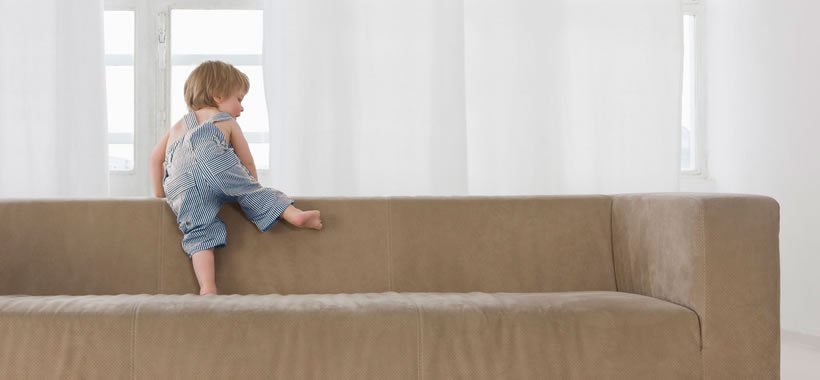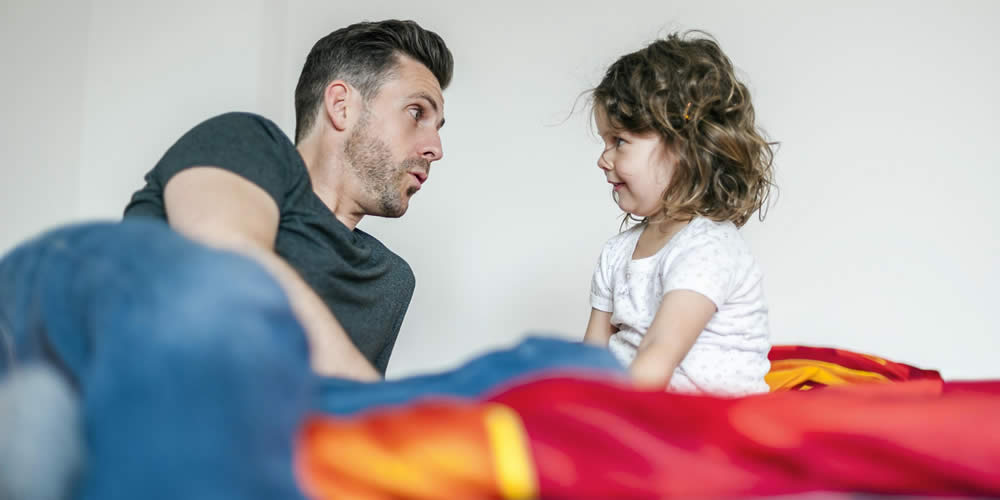Children fall quickly – and often upside down. Like parents, a concussion recognize and act correctly

Attention! A fall on the head can cause a concussion
Whoever climbs up can fall deeply. Most of the time it is fine, but sometimes it is not. Every second fall injury affects the head. Concussion is the easiest and most common form of traumatic brain injury. The brain suffers a wound. This pressure-squeeze wound can cause bad damage to the brain. You can cool a bruise on your leg and wait until it heals. If you fall on your head, you have to be extremely alert.
In the case of head injuries to the doctor
Because whether the brain has suffered any damage from this compression and how serious this is rarely seen from the outside and not necessarily immediately. Bleeding inside the skull or swelling of the brain often only occur after a symptom-free interval. "The pressure that builds up inside the skull often causes nausea and vomiting", says Dr. Jörg Schriever from Mechernich, former accident officer of the professional association of pediatricians e. V. Most of the time, the brain is only irritated by the stroke and recovers without permanent damage.

Nevertheless, there is a risk that a vessel may tear and cause life-threatening bleeding. "Therefore head injuries after this Accident can be observed at least one day and particularly intensely in the first twelve hours", says Schriever. The list of symptoms is long. "If only one symptom appears or the child is somehow different than usual, they have to go to the clinic or to the pediatrician", so Schriever. Infants should also be presented to the pediatrician without a warning sign.
Tests in the clinic create certainty
In the clinic, the doctor carries out neurological tests that provide information about whether the brain has been damaged. An x-ray is usually no longer taken. It says nothing about the state of the brain and would only mean radiation exposure for the child.
Instead, the little patient usually stays in the clinic for at least one night for monitoring. If there are no more severe symptoms and a more severe traumatic brain injury can be ruled out, the child can go home. Here, however, calm is still the order of the day: at least one week, also avoid strong sunlight and screens.
With these symptoms, the child must be monitored in the clinic:
- unconsciousness
- Paralyzes, unknown squinting
- persistent restlessness or the child does not wake up from sleep
- a headache
- eye-catching walk, stagger
- unusual behavior when young children keep screaming
- Pallor, dizziness, nausea, vomiting
- clench
Also read:

Traumatic brain injury: fell on the head
It usually turns out lightly. But if a child suffers traumatic brain injury in an accident, parents have to react correctly
RELATED ITEMS
-

Proper communication with children – baby and family
Sometimes tots do exactly the opposite of what you expect them to do. In five situations we show how to communicate with…
-

Headache in children: what helps? Baby and family
Research shows: More and more children suffer from headaches. What prevents, which medications help and when parents take the little one to the doctor…
-

Migrate in children: what helps against it – baby and family
Children also suffer from migraine attacks: stress can trigger headaches. How parents can help their little ones This video explains…
-

What helps children with a cold – baby and family
One cold chases the next, especially in kindergarten. Babies often find it difficult to drink with a stuffy nose. What parents can blow or…
